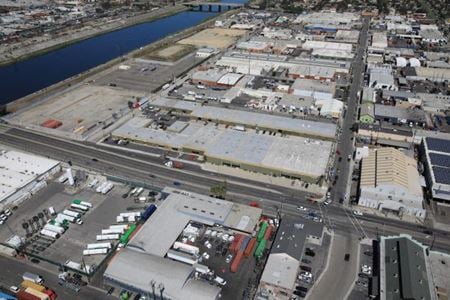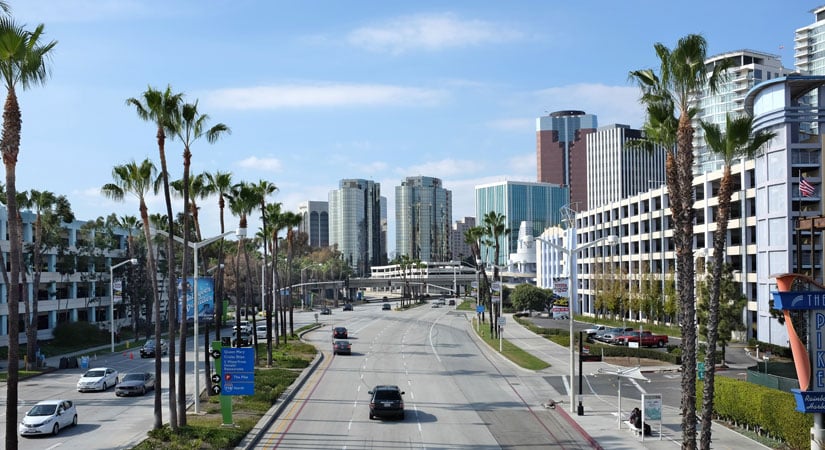Long Beach, CA Commercial Real Estate for Lease and Sale
Explore 230 listings of Long Beach commercial real estate to find the best space for your business.
-
Long Beach Business Park, Belmont Heights, Long Beach, CA
-
_LongBeach_USA_BusinessLounge2.jpg?width=450) 111 West Ocean Boulevard Suite 400, Long Beach, CA
111 West Ocean Boulevard Suite 400, Long Beach, CALandmark Square
RegusServices- Virtual Office
- Open Workspace
- Private Office
- Dedicated Desk
Amenities -
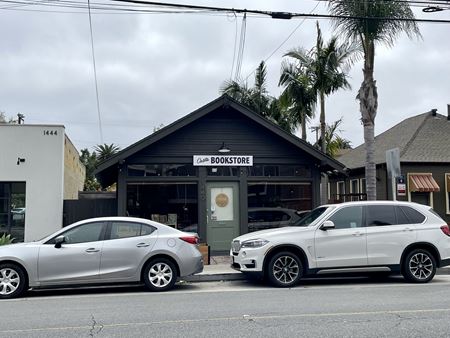 1440 E 4th St, Alamitos Beach, Long Beach, CAProperty
1440 E 4th St, Alamitos Beach, Long Beach, CAProperty- Other
- 2,473 SF
For Sale- $1,195,000
-
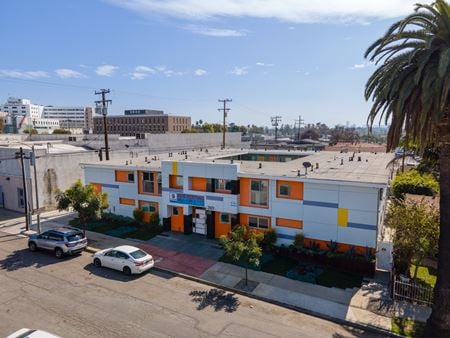 210 East 29th Street, Memorial Heights, Long Beach, CAProperty
210 East 29th Street, Memorial Heights, Long Beach, CAProperty- Multi-Family
- 11,060 SF
Year Built- 1963
For Sale- $3,800,000
-

What type of listing property are you looking for?
-
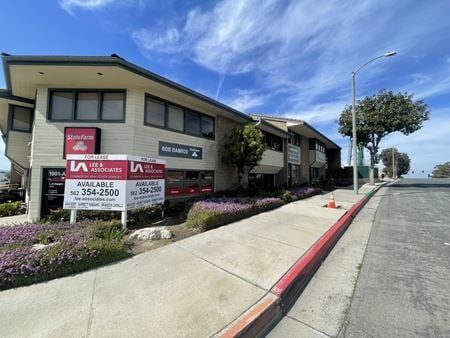 1901 Redondo Ave, Signal Hill, CAProperty
1901 Redondo Ave, Signal Hill, CAProperty- Office
- 20,000 SF
Availability- 1 Space
- 900 SF
For Lease- $1.60/SF/YR
-
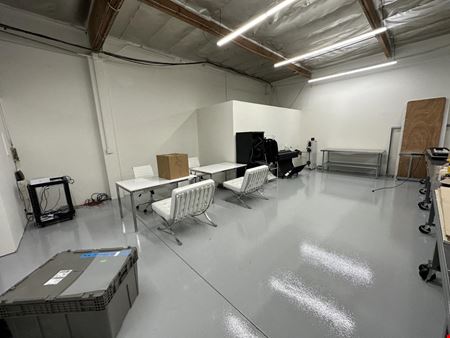 2815 Junipero Avenue, Signal Hill, CA
2815 Junipero Avenue, Signal Hill, CA -
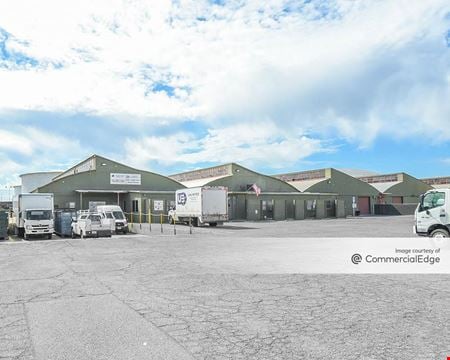 2300 East Curry Street, Cherry Manor, Long Beach, CAProperty
2300 East Curry Street, Cherry Manor, Long Beach, CAProperty- Industrial
- 79,595 SF
Availability- 3 Spaces
- 61,600 SF
Year Built- 1946
For Lease- $0.69 - $0.89/SF/MO
-
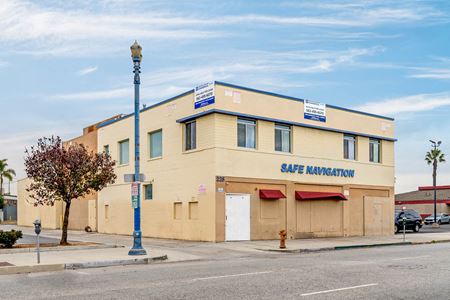 225 E 6th St, West End Long Beach, Long Beach, CAProperty
225 E 6th St, West End Long Beach, Long Beach, CAProperty- Other
- 8,000 SF
Availability- 1 Space
- 8,000 SF
For Lease- $1.75/SF/MO
-
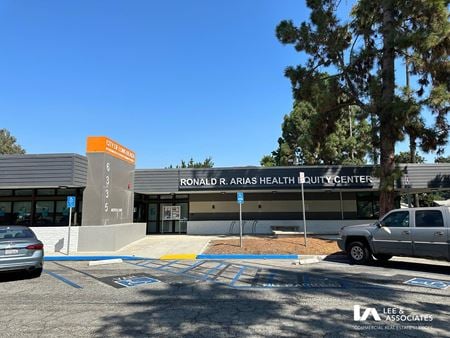 6335 Myrtle Avenue, Jordan, Long Beach, CAProperty
6335 Myrtle Avenue, Jordan, Long Beach, CAProperty- Office
- 1,293 SF
Availability- 1 Space
- 1,293 SF
For Lease- $2.25/SF/MO
-
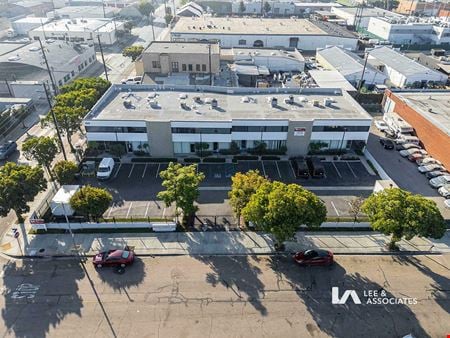 620 W 16th St, Washington School, Long Beach, CAProperty
620 W 16th St, Washington School, Long Beach, CAProperty- Office
- 13,245 SF
Year Built- 1989
For Sale- $3,970,000
-
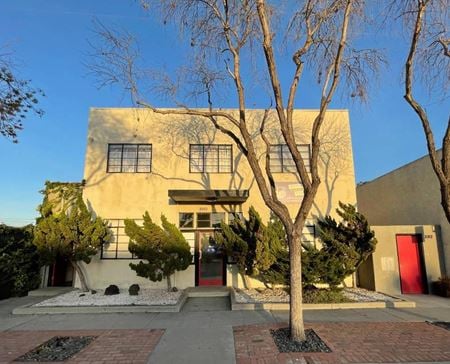 3308 Lime Ave, Signal Hill, CAProperty
3308 Lime Ave, Signal Hill, CAProperty- Office
- 3,400 SF
Availability- 1 Space
- 940 SF
Year Built- 1940
For Lease- $1,950.00/MO
-
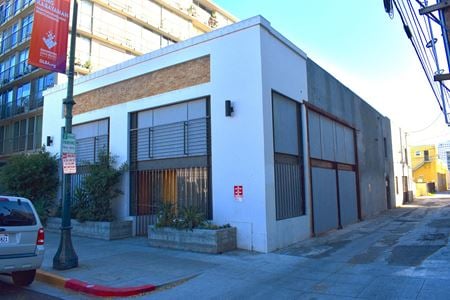 530 E 4th St, East Village, Long Beach, CAProperty
530 E 4th St, East Village, Long Beach, CAProperty- Multi-Family
- 8,000 SF
Year Built- 1922
For Sale- $1,400,000
-
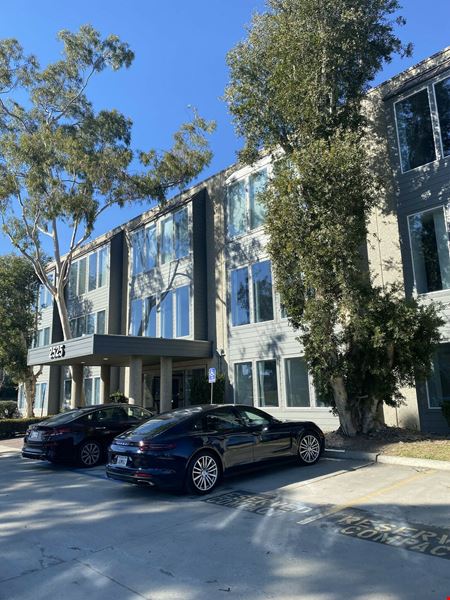 2525 Cherry Ave, Signal Hill, CAProperty
2525 Cherry Ave, Signal Hill, CAProperty- Office
- 55,388 SF
Year Built- 1982
For Sale- $16,500,000
-
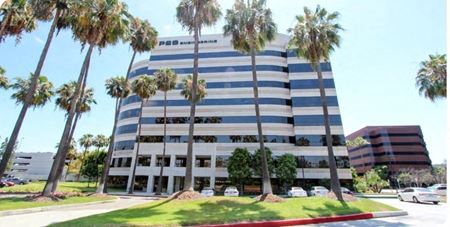 5000 E Spring St, Stearns Park, Long Beach, CAProperty
5000 E Spring St, Stearns Park, Long Beach, CAProperty- Office
- 166,246 SF
Availability- 5 Spaces
- 20,406 SF
Year Built- 1989
For Lease Contact for pricing -
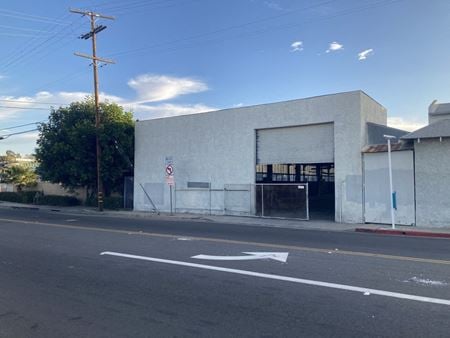 2206 Orange Ave, Signal Hill, CAProperty
2206 Orange Ave, Signal Hill, CAProperty- Industrial
- 7,154 SF
Availability- 1 Space
- 7,154 SF
Year Built- 1956
For Lease- $0.84/SF/MO
-
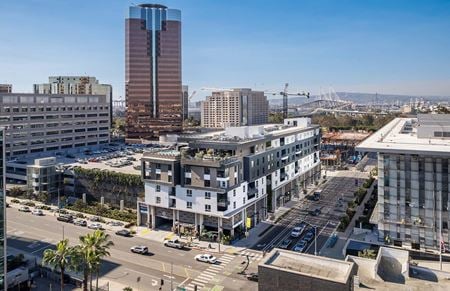 500 W Broadway, West End Long Beach, Long Beach, CAProperty
500 W Broadway, West End Long Beach, Long Beach, CAProperty- Retail
Availability- 2 Spaces
- 4,464 SF
For Lease- $3.00 - $3.25/SF/MO
-
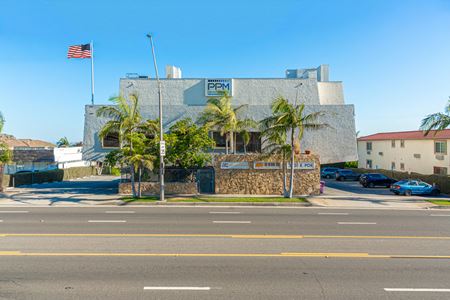 3626 E Pacific Coast Hwy, Traffic Circle, Long Beach, CAProperty
3626 E Pacific Coast Hwy, Traffic Circle, Long Beach, CAProperty- Office
- 9,272 SF
For Sale- $2,475,000
-
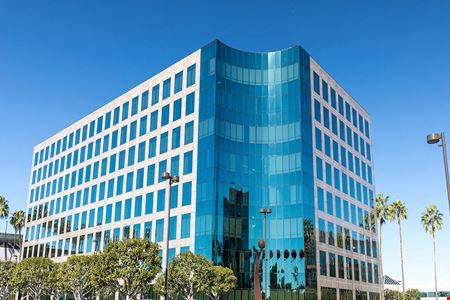 3780 Kilroy Airport Way, Stearns Park, Long Beach, CAProperty
3780 Kilroy Airport Way, Stearns Park, Long Beach, CAProperty- Office
- 219,745 SF
Availability- 5 Spaces
- 2,650 SF
Year Built- 1989
For Lease Contact for pricing -
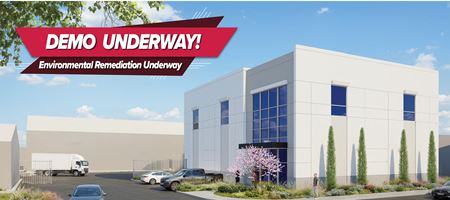 2144-2164 W. Gaylord St & 2005-2153 W. 15th St, Westside Long Beach, Long Beach, CAProperty
2144-2164 W. Gaylord St & 2005-2153 W. 15th St, Westside Long Beach, Long Beach, CAProperty- VacantLand
For Sale- $5,999,000
-
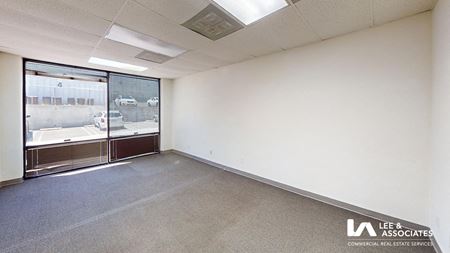 2698 Junipero Ave, Signal Hill, CAProperty
2698 Junipero Ave, Signal Hill, CAProperty- Industrial
- 31,824 SF
Availability- 2 Spaces
- 3,592 SF
Year Built- 1985
For Lease- $1.31/SF/MO
-
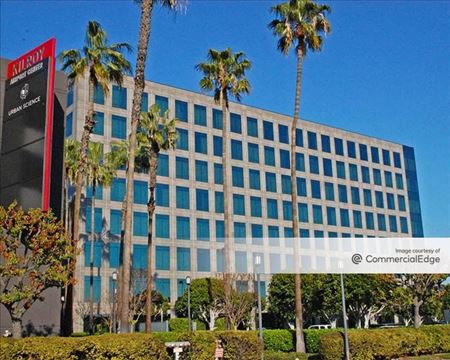 3780 Kilroy Airport Way, Stearns Park, Long Beach, CAProperty
3780 Kilroy Airport Way, Stearns Park, Long Beach, CAProperty- Office
- 219,745 SF
Availability- 4 Spaces
- 17,030 SF
Year Built- 1989
For Lease Contact for pricing -
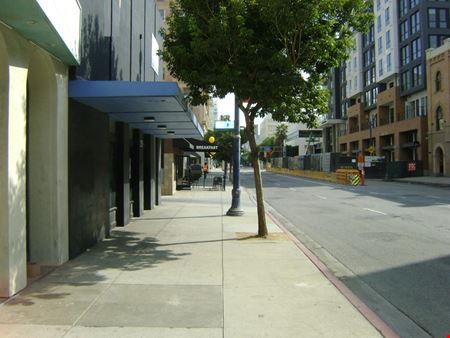 219 East Broadway, West End Long Beach, Long Beach, CAProperty
219 East Broadway, West End Long Beach, Long Beach, CAProperty- Office
- 5,200 SF
Availability- 1 Space
- 5,200 SF
Year Built- 1929
For Lease- $2.12/SF/MO
-
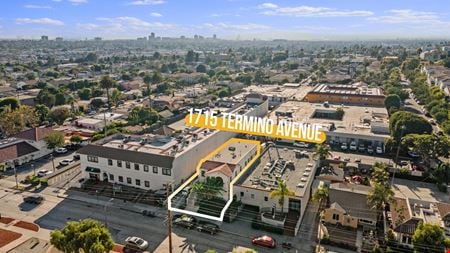 1715 Termino Ave, Traffic Circle, Long Beach, CAProperty
1715 Termino Ave, Traffic Circle, Long Beach, CAProperty- Other
- 3,544 SF
For Sale- $1,195,000
-
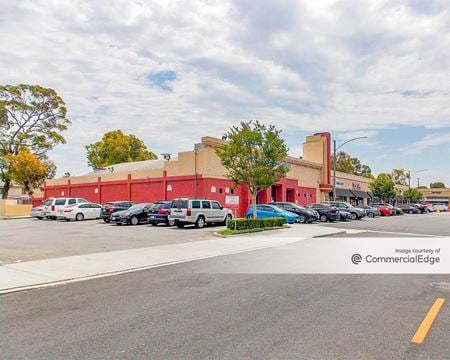 5166 Atlantic Avenue, Carmelitos, Long Beach, CAProperty
5166 Atlantic Avenue, Carmelitos, Long Beach, CAProperty- Retail
- 32,728 SF
Availability- 1 Space
- 2,158 SF
Year Built- 1941
For Lease Contact for pricing -
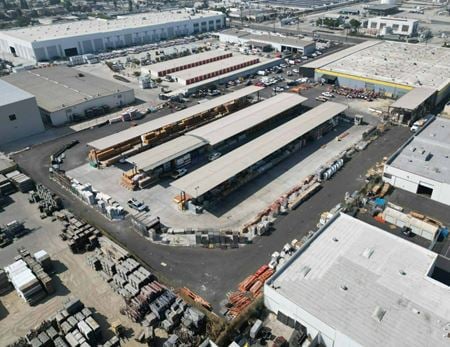 5950 Paramount Boulevard, Ramona Park, Long Beach, CA
5950 Paramount Boulevard, Ramona Park, Long Beach, CA -
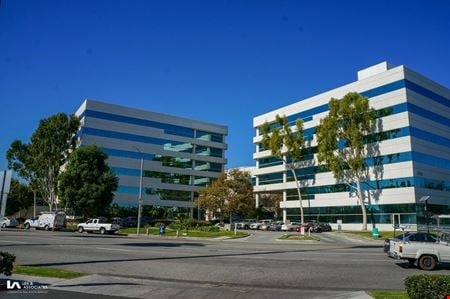 4510 E Pacific Coast Hwy, Traffic Circle, Long Beach, CAProperty
4510 E Pacific Coast Hwy, Traffic Circle, Long Beach, CAProperty- Office
- 79,764 SF
Availability- 7 Spaces
- 15,626 SF
Year Built- 1987
For Lease- $2.25 - $609.00/SF/MO
-
 620 W 16th St, Washington School, Long Beach, CAProperty
620 W 16th St, Washington School, Long Beach, CAProperty- Office
- 13,245 SF
Availability- 4 Spaces
- 14,546 SF
Year Built- 1989
For Lease- $1.35 - $1.45/SF/MO
-
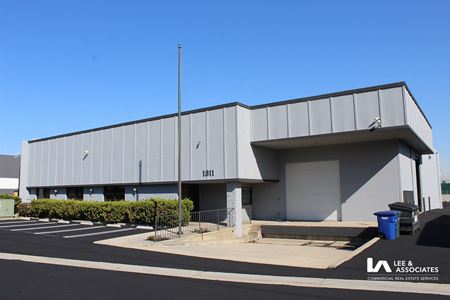 1811 E 28th St, Signal Hill, CAProperty
1811 E 28th St, Signal Hill, CAProperty- Office
- 12,964 SF
Availability- 1 Space
- 12,964 SF
Year Built- 1975
For Lease- $21,000.00/MO
-
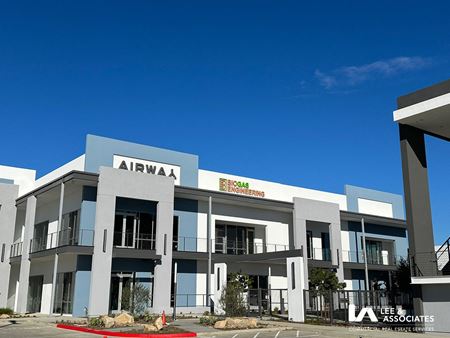 3810 Stineman Ct, Lakewood Village, Long Beach, CAProperty
3810 Stineman Ct, Lakewood Village, Long Beach, CAProperty- Office
- 33,126 SF
Year Built- 2023
For Sale- Negotiable
-
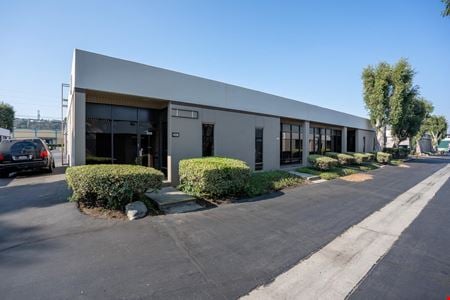 2225 E 28th St, Signal Hill, CAProperty
2225 E 28th St, Signal Hill, CAProperty- Industrial
- 69,788 SF
Availability- 2 Spaces
- 3,201 SF
Year Built- 1973
For Lease Contact for pricing -
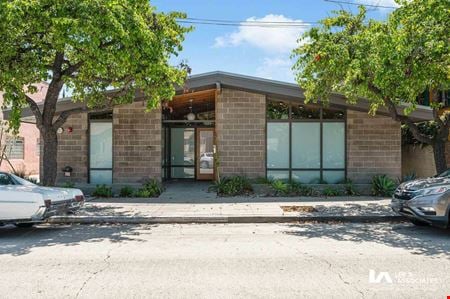 420 Grand Ave, Belmont Heights, Long Beach, CAProperty
420 Grand Ave, Belmont Heights, Long Beach, CAProperty- Office
- 7,156 SF
Availability- 3 Spaces
- 6,231 SF
Year Built- 1954
For Lease- $3.25/SF/MO
-
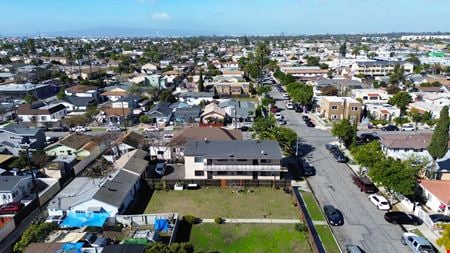 1110 E Salt Lake St, Central Area, Long Beach, CAProperty
1110 E Salt Lake St, Central Area, Long Beach, CAProperty- Multi-Family
- 3,858 SF
Year Built- 1960
For Sale- $1,140,000
-
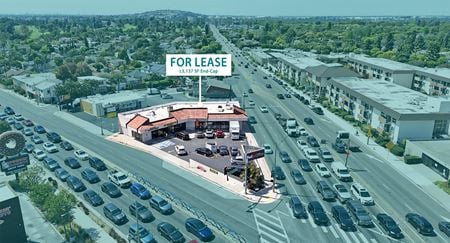 5591-5597 E 7th St, Recreation Park, Long Beach, CAProperty
5591-5597 E 7th St, Recreation Park, Long Beach, CAProperty- Retail
- 4,305 SF
Availability- 1 Space
- 3,137 SF
Year Built- 1979
For Lease Contact for pricing -
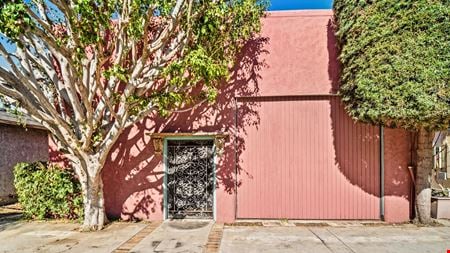 4635 E Anaheim St, Traffic Circle, Long Beach, CAProperty
4635 E Anaheim St, Traffic Circle, Long Beach, CAProperty- Other
- 2,952 SF
For Sale- $1,150,000
-
3495 N Lakewood Blvd, Lakewood Village, Long Beach, CAProperty
- Industrial
- 99,233 SF
Availability Contact for availabilityYear Built- 1985
For Lease Contact for pricing -
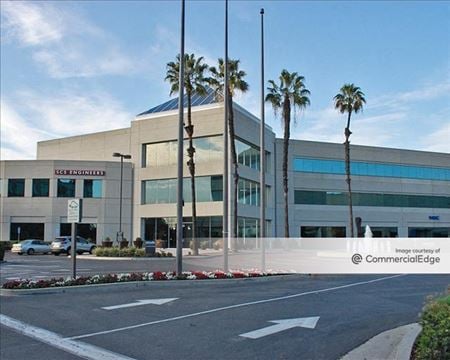 3900 Kilroy Airport Way, Stearns Park, Long Beach, CAProperty
3900 Kilroy Airport Way, Stearns Park, Long Beach, CAProperty- Office
- 126,840 SF
Availability- 1 Space
- 2,743 SF
Year Built- 1986
For Lease Contact for pricing -
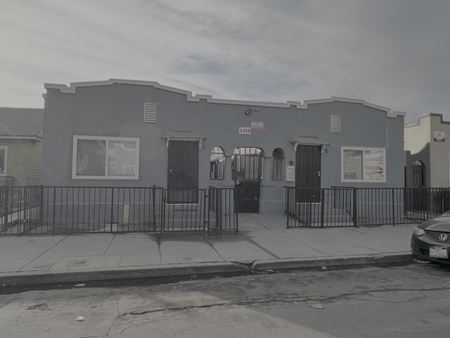 1133 Hoffman Ave, Hellman, Long Beach, CAProperty
1133 Hoffman Ave, Hellman, Long Beach, CAProperty- Multi-Family
- 3,926 SF
Year Built- 1923
For Sale- $2,875,000
-
.jpg?width=450) 2500 E Anaheim St, Rose Park, Long Beach, CAProperty
2500 E Anaheim St, Rose Park, Long Beach, CAProperty- Other
- 2,376 SF
Year Built- 1959
For Sale- $995,000
-
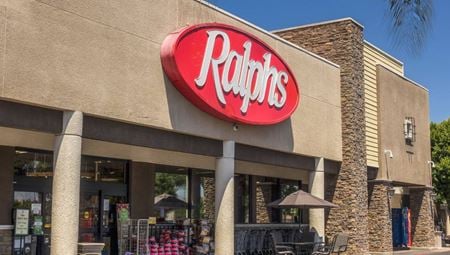 1900 Lakewood Boulevard, Traffic Circle, Long Beach, CA
1900 Lakewood Boulevard, Traffic Circle, Long Beach, CA -
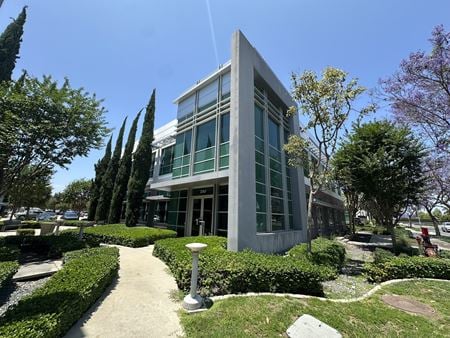 3767 Worsham Ave, Lakewood Village, Long Beach, CAProperty
3767 Worsham Ave, Lakewood Village, Long Beach, CAProperty- Office
- 8,509 SF
Availability- 1 Space
- 3,000 SF
Year Built- 2009
For Lease- $6,500.00/MO
-
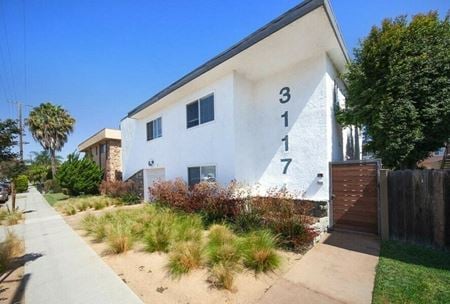 3117 East 6th Street, Bluff Heights, Long Beach, CAProperty
3117 East 6th Street, Bluff Heights, Long Beach, CAProperty- Multi-Family
- 6,706 SF
Year Built- 1961
For Sale- $3,225,000
-
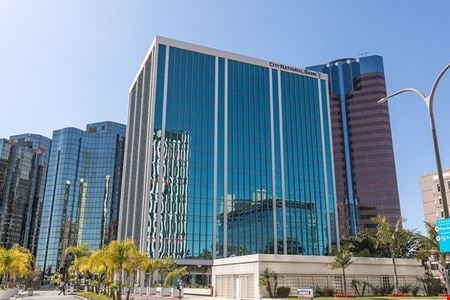 100 Oceangate 12th Floor, Long Beach, CA
100 Oceangate 12th Floor, Long Beach, CAOCE - Long Beach California
Premier WorkspacesServices- Meeting Room
Amenities -
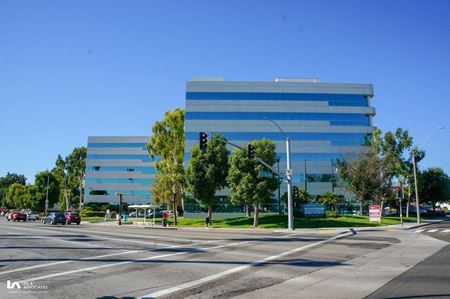 4500 E Pacific Coast Hwy, Traffic Circle, Long Beach, CAProperty
4500 E Pacific Coast Hwy, Traffic Circle, Long Beach, CAProperty- Office
- 78,576 SF
Availability- 4 Spaces
- 18,916 SF
Year Built- 1986
For Lease- $27.60/SF/YR
-
 1675 Santa Fe Avenue, Westside Long Beach, Long Beach, CAProperty
1675 Santa Fe Avenue, Westside Long Beach, Long Beach, CAProperty- VacantLand
Availability- 1 Space
- 38,965 SF
For Lease- $0.29/SF/MO
-
 120 East 3rd Street 1st & 2nd Floor, Long Beach, CAServices
120 East 3rd Street 1st & 2nd Floor, Long Beach, CAServices- Virtual Office
- Private Office
- Dedicated Desk
Amenities -
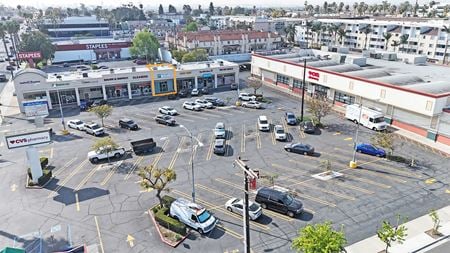 3575 ATLANTIC AVE, Los Cerritos, Long Beach, CAProperty
3575 ATLANTIC AVE, Los Cerritos, Long Beach, CAProperty- Retail
- 31,175 SF
Availability- 1 Space
- 1,000 SF
Year Built- 1967
For Lease Contact for pricing -
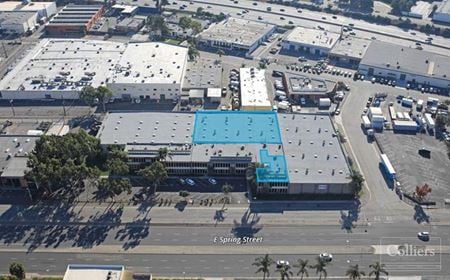 3200 E Spring St, Stearns Park, Long Beach, CA
3200 E Spring St, Stearns Park, Long Beach, CA -
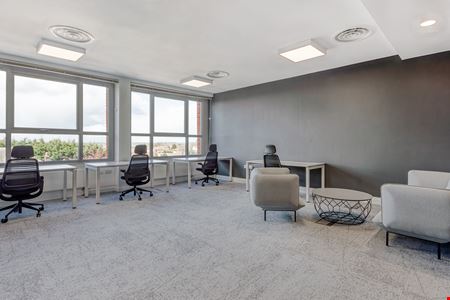 2338 East Anaheim Street, Long Beach, CAServices
2338 East Anaheim Street, Long Beach, CAServices- Virtual Office
- Private Office
- Dedicated Desk
Amenities -
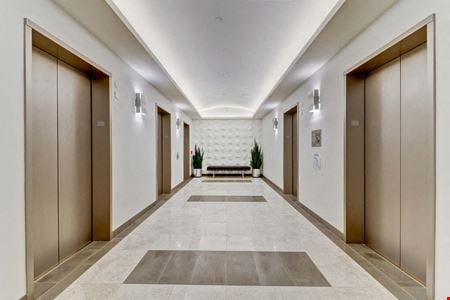 One World Trade Center 8th Floor, Long Beach, CA
One World Trade Center 8th Floor, Long Beach, CAWTC WorkSpaces
WTC WorkSpacesServices- Virtual Office
- Open Workspace
- Meeting Room
- Private Office
- Dedicated Desk
Amenities -
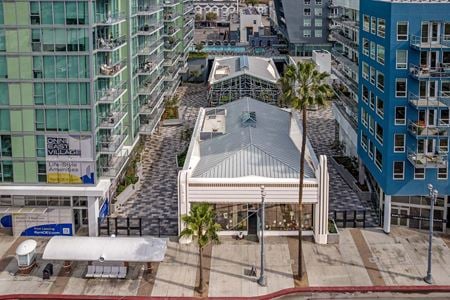 240 Long Beach Blvd, East Village, Long Beach, CAProperty
240 Long Beach Blvd, East Village, Long Beach, CAProperty- Other
For Sale- $3,499,000
-
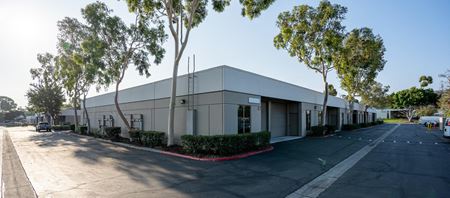 2501 E 28th St, Signal Hill, CA
2501 E 28th St, Signal Hill, CA -
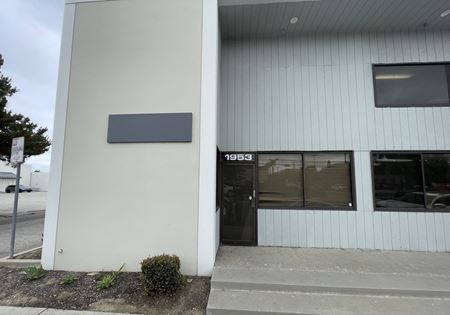 1953 Obispo Avenue, Signal Hill, CAProperty
1953 Obispo Avenue, Signal Hill, CAProperty- Industrial
- 29,994 SF
Availability- 1 Space
- 1,800 SF
For Lease- $1.65/SF/MO
